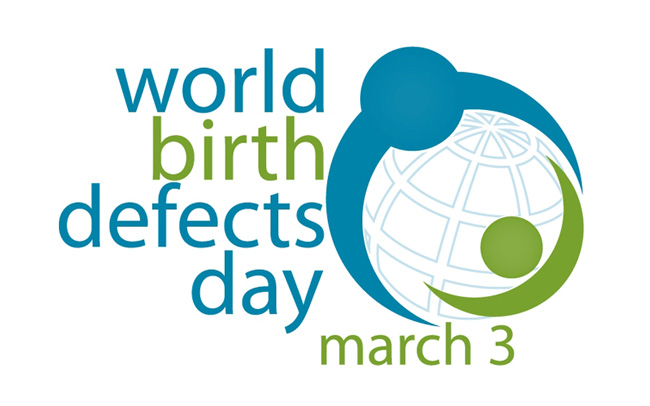By Ed McCabe (March of Dimes), Robert Clay (Save the Children), Anita Sharma (United Nations Foundation)
Each year, several hundred thousand babies are born with preventable birth defects caused by poor care during pregnancy, including micronutrient deficiencies, infections, and exposure to alcohol. An additional 8 million children are born each year with a genetic or partially genetic (multifactorial) congenital disorder. More than 1 in 10 newborn deaths and nearly 500,000 under-5 child deaths are due to birth defects. The majority of newborns with serious congenital disorders face a lifetime of severe disability. Tragically, these numbers most likely greatly underestimate the magnitude of the problem, because many deaths caused by birth defects go undetected.
Like most adverse pregnancy outcomes, birth defects reflect global geographic and economic inequality, with an estimated 94 percent of newborns with one or more birth defects being born in low- or middle-income countries. The combined toll of death and disability causes substantial emotional, social, and economic harm to affected individuals, families, and communities.
This past year the global community embraced the United Nation’s Secretary General’s Global Strategy for Women’s, Children’s, and Adolescents’ Health, a roadmap for ending preventable deaths of women, children, and adolescents by 2030 and helping them achieve their potential for health and wellbeing in all settings. Its three objectives—survive (end preventable deaths), thrive (ensure health and well-being) and transform (expand enabling environments)—are fully aligned with the Sustainable Development Goals (SDGs), with 17 targets spanning nine SDG goals, including targets for ending preventable maternal, newborn, and child deaths. Meeting these targets will save lives and much more, because the same feasible, cost-effective, and evidence-based interventions that will end preventable maternal and newborn mortality and stillbirths will also help end preventable birth defects.
The collective and organized actions around World Birth Defects Day 2016 on March 3 support the Every Woman Every Child movement, which takes forward the Global Strategy. No child should die from a preventable birth defect and every survivor needs to thrive. To thrive, children with birth defects need the same access to high-quality care that we want for all mothers and children. Only then, with healthier people, can we transform the world into a better place for all.
The World Health Assembly (WHA) recognized the importance of birth defects in 2010, passing a resolution that calls for member states to raise awareness of congenital disorders as a cause of child morbidity and mortality; develop and strengthen birth registration and surveillance for birth defects; gather evidence on the causes, diagnosis, and prevention of major birth defects; and develop national plans for implementation of effective interventions to prevent and manage birth defects. This resolution, however, has not been acted on sufficiently.
World Birth Defects Day aims to shine a light on the problem of congenital disorders and spur governments and policymakers to take the actions called for in the WHA resolution. The growth of World Birth Defects Day is a testament to the commitment of governments, nongovernmental organizations, researchers, and civil society, and especially of parents’ and patients’ organizations. This year, more than 55 organizations from over 25 countries have formally joined the effort.
We invite you to join us in observing World Birth Defects Day on March 3 by raising awareness among your family, friends, and colleagues of the importance of taking the actions called for in the World Health Assembly resolution. For ideas, head over to the resource hub created by the International Clearinghouse for Birth Defects Surveillance and Research with support from the March of Dimes Foundation and the US Centers for Disease Control and Prevention. We need to raise awareness; learn more about diagnosis and prevention; and implement effective programs to prevent and manage birth defects and improve the health of women, newborns, children, and adolescents.
ADDITIONAL RESOURCES
Christianson A, Howson C, Modell B. March of Dimes global report on birth defects: the hidden toll of dying and disabled children. 2006.
March of Dimes, World Health Organization. Management of birth defects and haemoglobin disorders: report of a joint WHO-March of Dimes Meeting. 2006.
